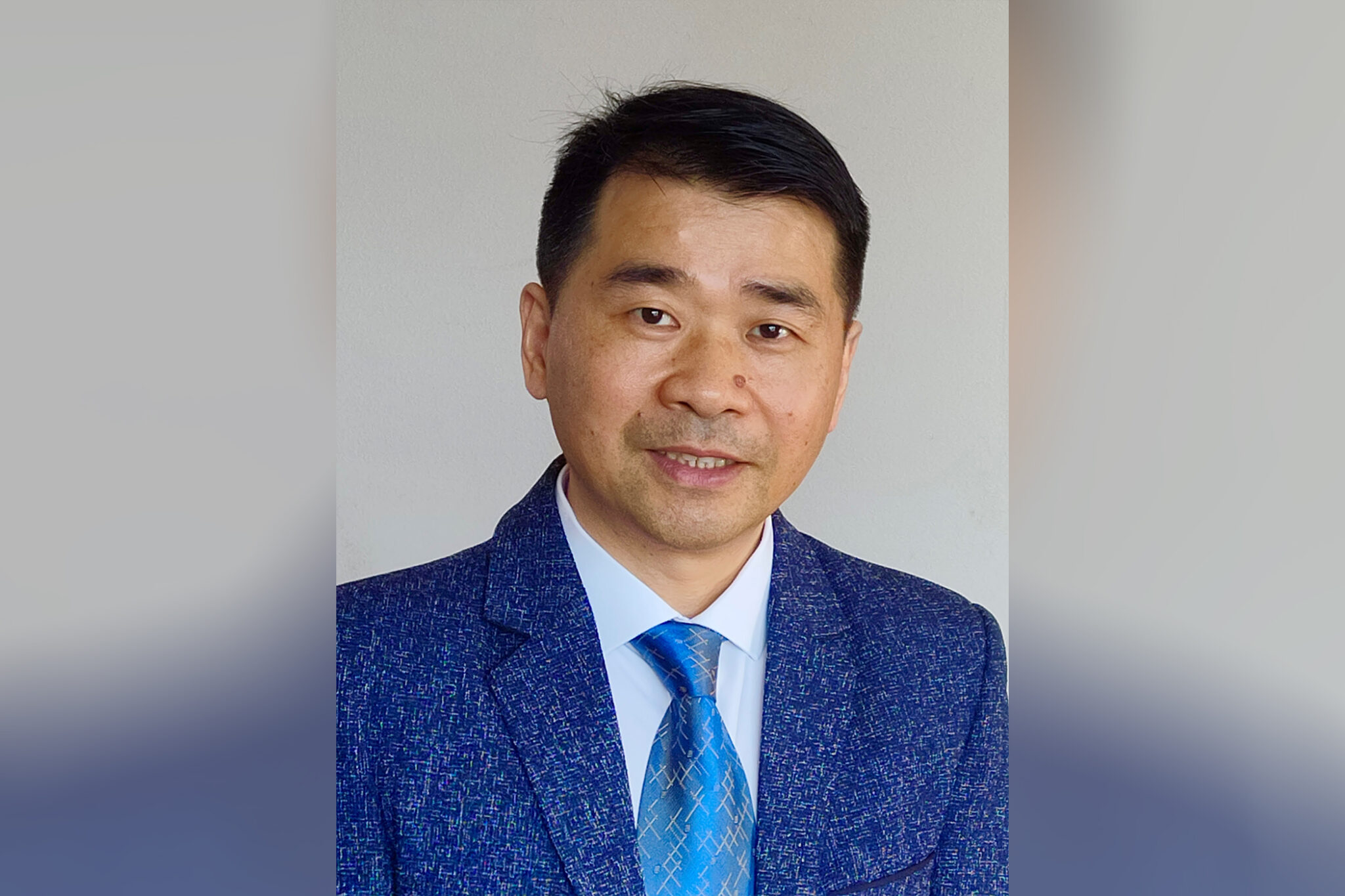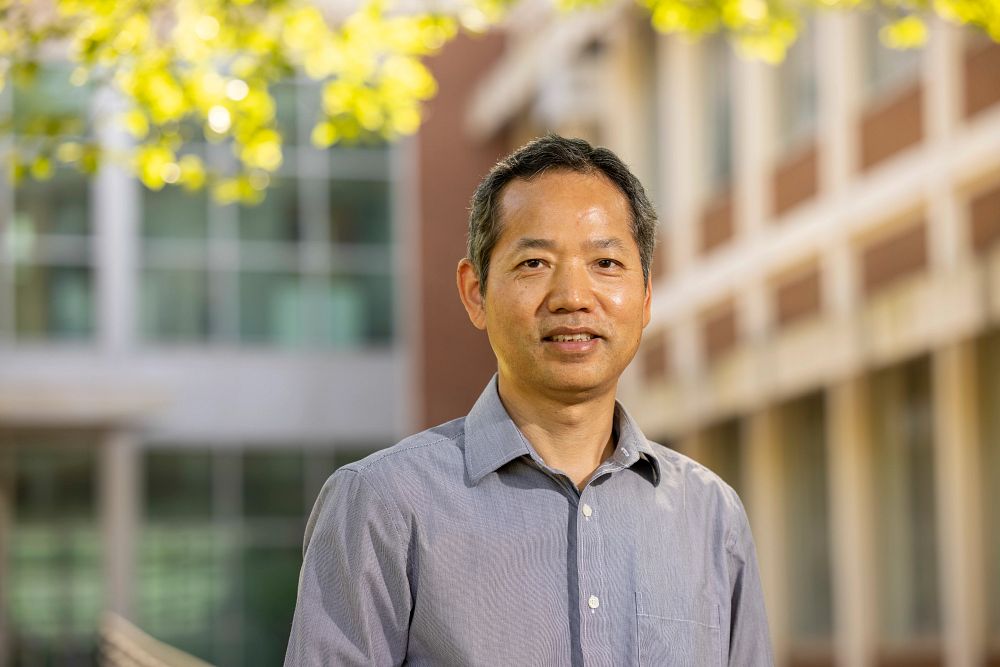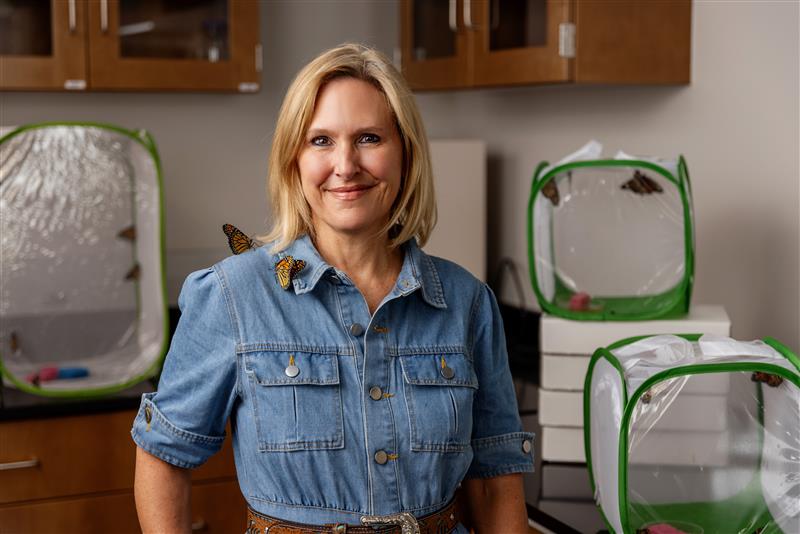By Sharon Omahen
University of Georgia
University of Georgia and North Carolina State University researchers have received more than $650,000 in grant funds from the Environmental Protection Agency for turfgrass research in their home states.
In Georgia, the grant will be used over the next two years to fund eight turfgrass research projects in the UGA College of Agricultural and Environmental Sciences.
Industry, consumers will benefit
"These funds are allowing us to do projects that we would not be able to do otherwise," said Gil Landry, coordinator of the Georgia Center for Urban Agriculture on the UGA campus in Griffin, Ga. "Each research project we complete directly impacts turfgrass professionals and most will also impact individual homeowners in the state."
The grant will fund UGA Seashore Paspalum turfgrass breeding efforts. Seashore paspalum can be irrigated using a wide quality range of water, including seawater, brackish water and recycled water. The grass needs only minimal pesticides and judicious applications of fertilizers.
UGA scientists also plan to use the grant funds to investigate alternative methods of turfgrass insect control, the environmental fate of pesticides used on turfgrass, turfgrass disease control, environmental management of turfgrass and using turfgrass for erosion control.
UGA agricultural economists will study economic value of the industry and individual lawns to property owners.
Less inputs, impact on environment
"All of these projects relate to turfgrass' overall environmental impact on our state," Landry said. "Our main objective is to look at improving sustainability of turfgrass management in our environment. We know that turfgrasses can significantly improve the environment in many ways. We are constantly examining ways to produce healthy turfgrass using the least amount of inputs."
Turfgrasses reduce soil erosion, and improve water quality in the process, Landry said. Turfgrasses also absorb carbon dioxide and other harmful gases while releasing oxygen and cooling the environment.
Industry leaders, like Georgia Turfgrass Association Past- President Ken Morrow, look forward to reaping the benefits of the results of the new research projects.
"The main benefit I see is the project will identify sustainable turfgrass systems for climates in this region," Morrow, president of Sod Atlanta, said. "I also see the benefits of identifying the potential enhancements to the environment that turfgrass provides, such as errosion control and general environmental enhancement."
Alumnus support led to grant
Landry said the Georgia-North Carolina EPA grant was made possible by the efforts of the Georgia Turfgrass Association, the North Carolina Turfgrass Council and a UGA alumnus.
"The main individual who made this grant possible is Sam Lang, a UGA CAES graduate," Landry said.
A native of Swainsboro Ga., Lang now owns a professional lawn care company in Raleigh, N.C. "Since he graduated, Sam has kept in close contact with our college," Landry said. "He relied on our Extension specialists for recommendations when he worked in the Atlanta area. He has also helped recruit students for our college and served as a guest lecturer in turfgrass classes."
The urban agriculture industry in Georgia, which includes turfgrass, provides more than 79,000 jobs and annually generates more than $8.1 billion to the state's economy.






